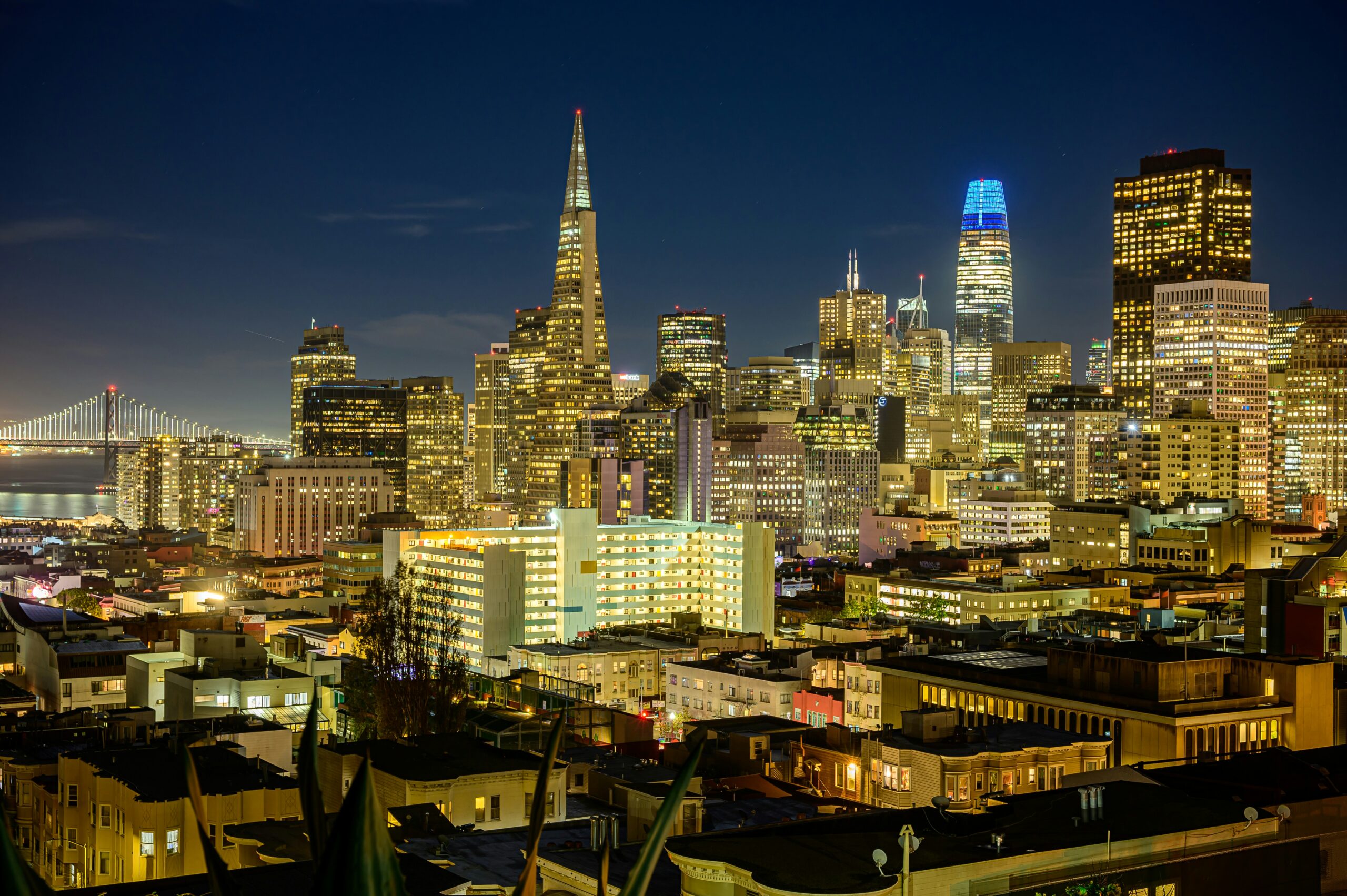
Hollywood is now synonymous with the global entertainment industry, but its journey to cinematic dominance was anything but inevitable. At the heart of this evolution lies Los Angeles, a city whose geography, weather, culture, and ambition converged to create the perfect backdrop for the rise of film and television. Understanding how this transformation unfolded offers a deeper appreciation of how Hollywood became the beating heart of global entertainment.
A Climate for Creativity
Los Angeles offered early filmmakers a major advantage: near-constant sunshine. In the early 20th century, when cameras required copious amounts of natural light, the consistently clear skies of Southern California made outdoor filming easier and more economical. As a result, many East Coast studios migrated westward to escape not only the weather but also the legal restrictions tied to Thomas Edison’s patents on film equipment, which were more strictly enforced in New York and New Jersey.
In addition to weather, the city’s varied geography provided filmmakers with a natural soundstage. Mountains, deserts, beaches, and urban environments were all within driving distance, enabling studios to recreate almost any location in the world. This versatility proved invaluable for an industry that needed to transport audiences to faraway places, whether real or imagined, without ever leaving town.
The Rise of the Studio System
As demand for movies exploded during the 1920s and 1930s, Los Angeles saw the emergence of the studio system, a vertically integrated business model where major studios controlled every aspect of film production, distribution, and exhibition. Giants like Paramount, Warner Bros., and MGM established sprawling studio lots in Hollywood, employing thousands of workers and launching the careers of countless stars.
The studio system didn’t just centralize production—it established a cultural monopoly. The major studios dictated public taste, launched fashion trends, and influenced politics. Under strict contracts, actors and directors were groomed, marketed, and often reinvented by the studios, creating the mythology of the “Hollywood star.” While today’s industry offers more freedom, these early practices solidified Hollywood’s reputation as a dream-making machine.
Television and the Reinvention of Entertainment
The emergence of television in the 1950s posed both a challenge and an opportunity for Los Angeles. Initially, studios feared the small screen would cannibalize their audiences. Yet, instead of fading, Hollywood adapted. Many film studios pivoted to producing television content, and new companies emerged that specialized in episodic storytelling. Los Angeles soon became the capital not only of film but also of television.
Neighborhoods like Burbank and Studio City grew around this expanding medium. Shows filmed in these areas reached households across the nation, subtly embedding the visual language and lifestyle of Los Angeles into everyday American life. As a result, the city’s influence on entertainment deepened, reinforcing its centrality in shaping cultural narratives.
The Globalization of Hollywood
In the latter half of the 20th century, Los Angeles helped Hollywood extend its reach beyond American borders. As international markets opened and foreign audiences developed a hunger for American-style storytelling, L.A.-based studios began tailoring their productions for global appeal. Action-packed blockbusters, romantic comedies, and animated features resonated across languages and cultures, drawing in billions from overseas box offices.
Simultaneously, Los Angeles became a magnet for global talent. Directors, writers, and actors from around the world arrived in the city, bringing new perspectives and creative energy. This fusion of local infrastructure and international artistry allowed Hollywood to maintain its dominance even as new production hubs, such as Bollywood and South Korea, gained prominence. Yet through all this evolution, Los Angeles remained the wellspring of cinematic power.
Technology, Innovation, and the Digital Age
The digital revolution again challenged the status quo, but Los Angeles stayed ahead by embracing innovation. From the rise of computer-generated imagery (CGI) to the explosion of streaming platforms, Hollywood harnessed technology to revolutionize how stories are told and distributed. Companies like Netflix, Hulu, and Amazon Studios set up headquarters or major operations in L.A., taking advantage of the city’s deep talent pool and long-standing infrastructure.
Moreover, the convergence of Silicon Valley and Hollywood—often referred to as “Silicon Beach”—brought together tech and storytelling in unprecedented ways. Virtual reality, AI-driven content creation, and immersive media experiences are now shaping the future of entertainment. Despite these changes, Los Angeles continues to anchor this innovation, ensuring its relevance in the next chapter of Hollywood’s story.
A City Built on Stories
At its core, Los Angeles thrives on narrative. Whether it’s a high-stakes thriller, a heartfelt drama, or a biting satire, the city’s essence is wrapped up in the stories it exports to the world. But beyond the glamorous red carpets and iconic Hollywood sign lies a working city filled with dreamers, builders, and believers who make these stories possible.
Los Angeles’s identity has become so entwined with Hollywood that it’s hard to separate the two. The entertainment industry shaped the city’s urban landscape, economic trajectory, and even its global image. Meanwhile, the city shaped the tone, texture, and scale of the entertainment itself, fostering a symbiotic relationship that continues to define both.
The future of Hollywood may evolve in ways we can’t yet imagine, but Los Angeles will undoubtedly remain central to its story. From its sunny skies and scenic backdrops to its spirit of reinvention, the city has proven itself resilient time and again. It adapts not only to the changing tastes of audiences but also to the shifting tectonics of technology and culture.
In this sense, the evolution of Hollywood mirrors the evolution of Los Angeles itself—a city that, like the movies, thrives on transformation, reinvention, and boundless imagination. As new platforms emerge and storytelling mediums evolve, Los Angeles stands ready to guide Hollywood into its next act. And as always, the world will be watching.